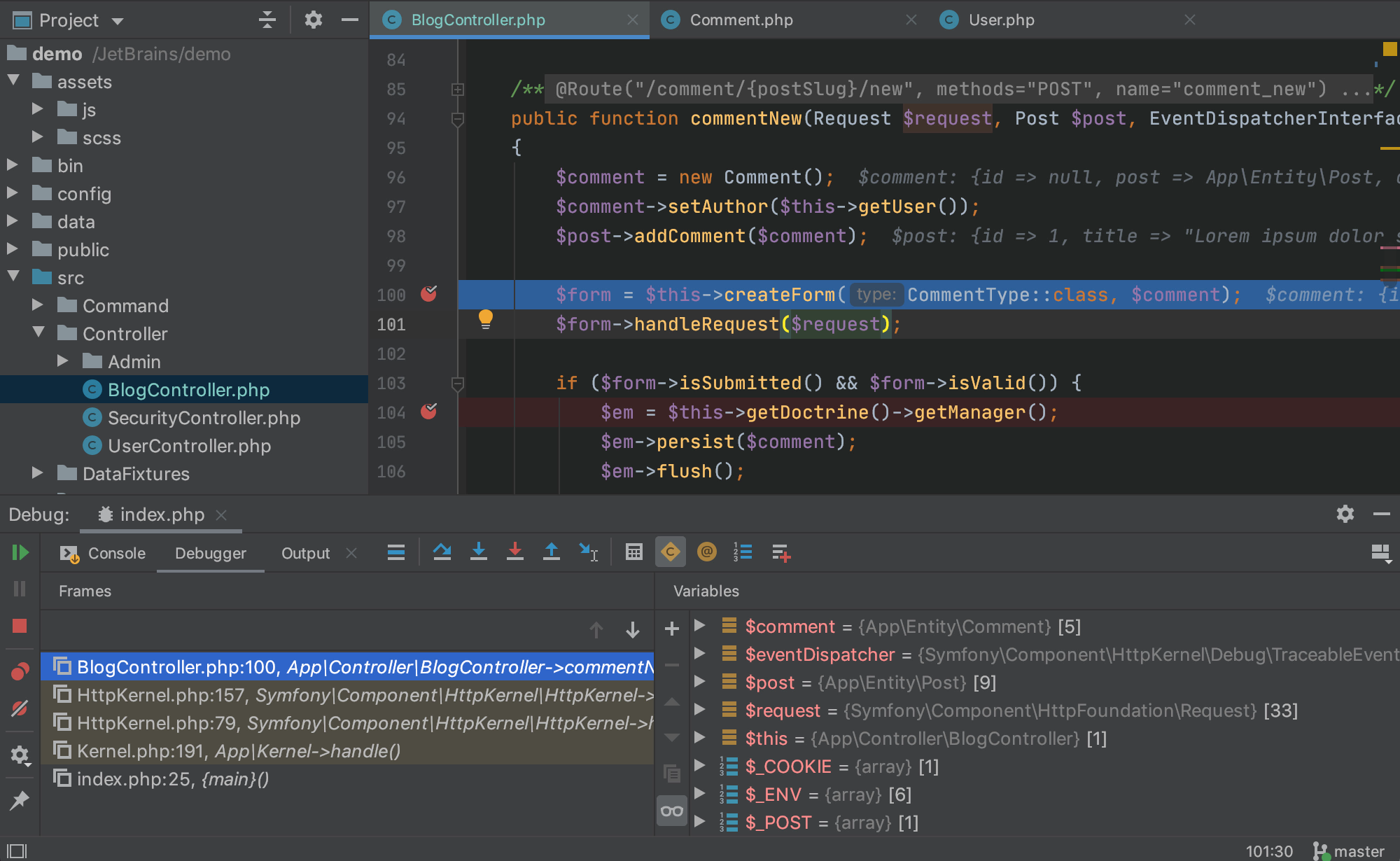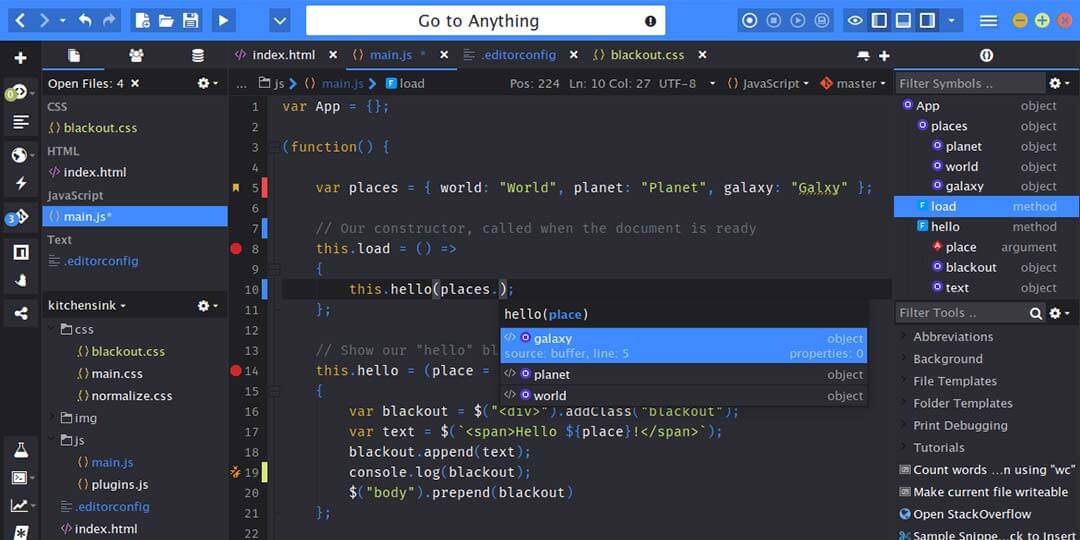

How do you come up with ideas on what to include in the new releases? And how do you decide which features don’t make the cut? Like most JetBrains products, WebStorm has 3 releases each year. In that sense, WebStorm itself is not only a standalone product, but a part of all JetBrains IDEs. There are over 130 people at JetBrains working on the platform, and the WebStorm team works closely with them.Īt the same time, WebStorm’s features are available in the other commercial JetBrains IDEs, such as IntelliJ IDEA Ultimate, PhpStorm and P圜harm Professional. WebStorm gets its UI and many features, such as the core editor and Git integration, from the IntelliJ Platform. WebStorm is built on top of the open-source IntelliJ Platform developed by JetBrains. What do the IntelliJ Platform, IntelliJ IDEA, WebStorm, and other JetBrains IDEs have in common?

The team is cross-functional and includes developers, QAs, product and product marketing managers, tech writers, and developer advocates. We have a total of 19 people on the WebStorm team. When necessary, I help my colleagues prioritize features and bug fixes, offer advice on the UX, and coordinate tasks with the IntelliJ Platform team.

Then I bring them back to the team, along with some insights about what’s going on in the web development ecosystem. I try to analyze and validate the ideas and use cases we get from various sources.

I help the team define the product strategy and manage the product roadmap. Hi Ekaterina! Let’s start by talking about your role on the WebStorm team. I sat down with Ekaterina Prigara, WebStorm Product Manager, for a detailed discussion about WebStorm itself, how we build it, and our plans for the future. That seems obvious, right? But have you ever wondered how the various bits and pieces come together to form a unified environment? What is going on under the hood? These are some of the most interesting questions. Building an IDE is an extensive and complex project.


 0 kommentar(er)
0 kommentar(er)
